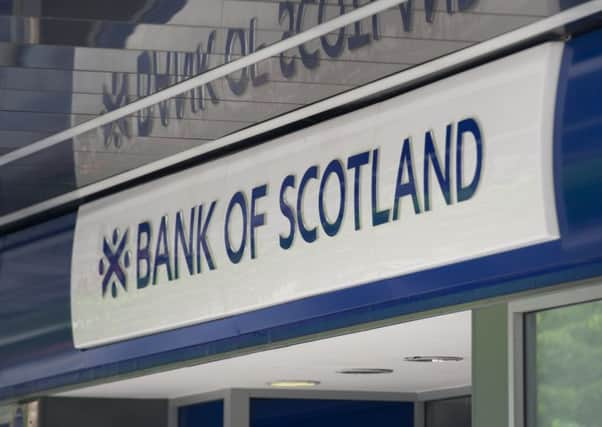Taxpayer stake in Bank of Scotland owner now below 3%
This article contains affiliate links. We may earn a small commission on items purchased through this article, but that does not affect our editorial judgement.


UK Financial Investments, which manages the stake in the Bank of Scotland owner, cut its holding by about one percentage point to 2.95 per cent, seeing the group edge another step closer to full private ownership.
Advertisement
Hide AdAdvertisement
Hide AdThe sale means more than £19.5 billion has now been returned to government coffers since the lender’s £20.3bn bailout at the height of the financial crisis.
This includes about £500 million in payouts to shareholders since the bank resumed paying dividends in 2014 as it has returned to profit growth in recent years.
Lloyds chief executive Antonio Horta-Osorio said: “Today’s announcement moves Lloyds another step closer to full private ownership, and we are pleased that the group’s strong financial performance has kept us on track to return more money to taxpayers than was put in.”
The stake sale is the latest in a series by the government, which said in October that it hoped to offload its remaining shares in Lloyds within a year, with the City expecting Lloyds to return to full private ownership by June.
The government has progressively sold down its original 43 per cent stake and Chancellor Philip Hammond scrapped plans for a share sale to the public in October, opting instead to offload the holding to institutional investors.
Since January, the government has no longer been the bank’s largest shareholder. All proceeds from the latest sale will be used to reduce the national debt.
Lloyds unveiled its highest annual profits for a decade last month, with bottom-line profits more than doubling to £4.24bn last year from £1.64bn in 2015, thanks largely to lower costs of compensation for payment protection insurance (PPI).
Advertisement
Hide AdAdvertisement
Hide AdSimon Kirby, economic secretary to the Treasury, said: “Lloyds’ recent annual results show that we are in a good position to reduce our shareholding further and expect to recover all of the money taxpayers injected into the bank during the financial crisis.”
But Lloyds has said the PPI scandal continues to cost it dear, revealing an extra £350m in provisions for compensation just last week, bringing its total PPI bill to £17.3bn.
The lender set aside additional funds after the Financial Conduct Authority extended its proposed deadline for new claims by two months to the end of August 2019.